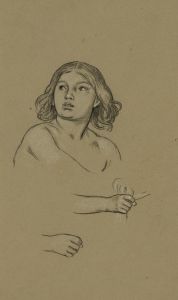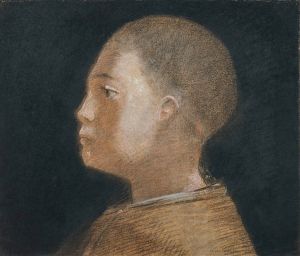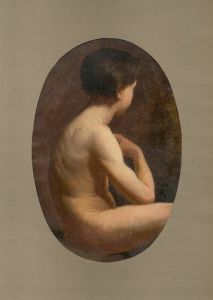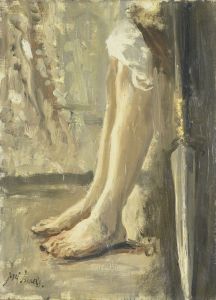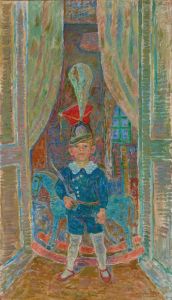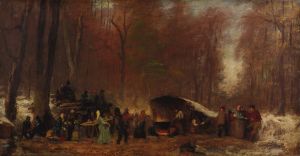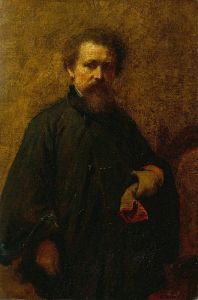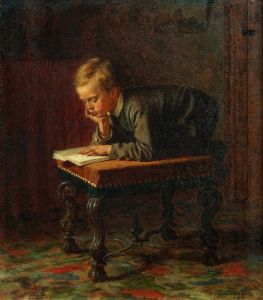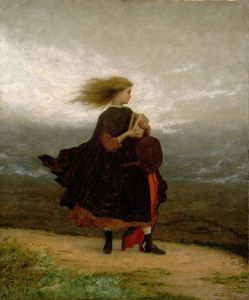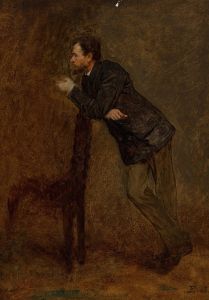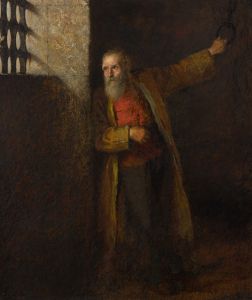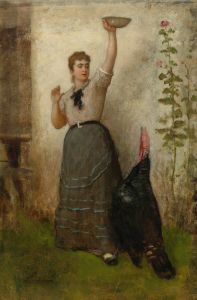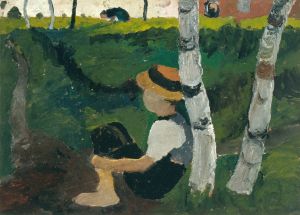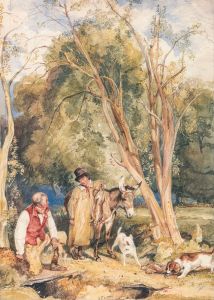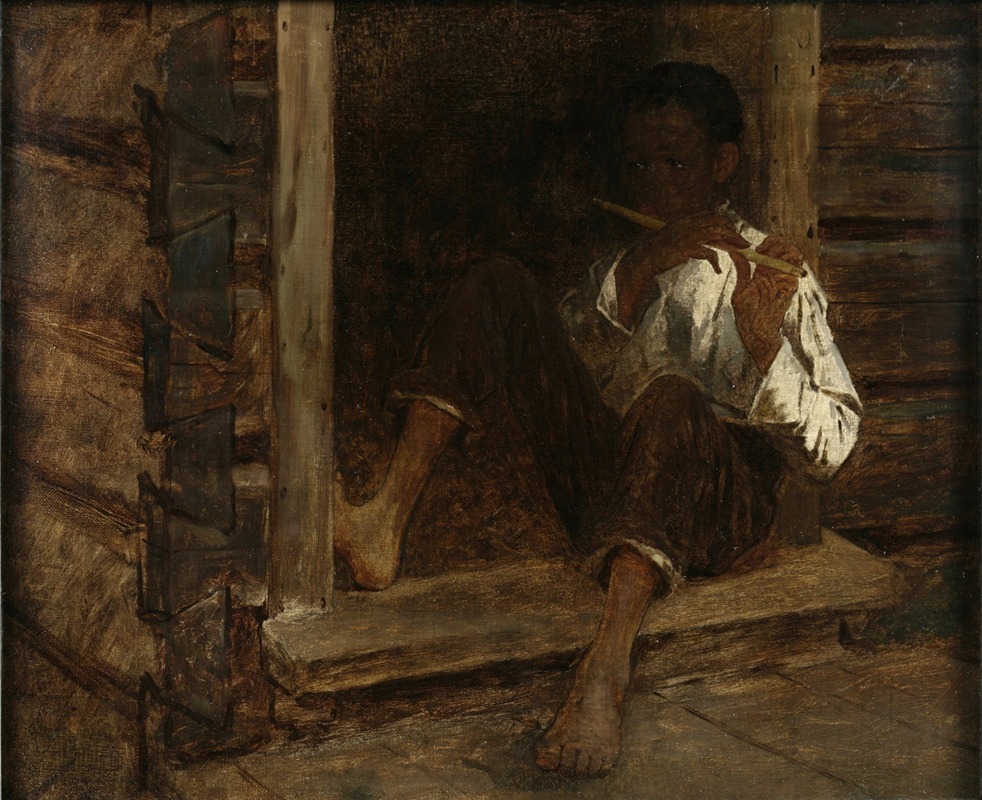
Negro Boy
A hand-painted replica of Eastman Johnson’s masterpiece Negro Boy, meticulously crafted by professional artists to capture the true essence of the original. Each piece is created with museum-quality canvas and rare mineral pigments, carefully painted by experienced artists with delicate brushstrokes and rich, layered colors to perfectly recreate the texture of the original artwork. Unlike machine-printed reproductions, this hand-painted version brings the painting to life, infused with the artist’s emotions and skill in every stroke. Whether for personal collection or home decoration, it instantly elevates the artistic atmosphere of any space.
"Negro Boy" is a painting by Eastman Johnson, an American artist known for his genre paintings and portraits. Johnson was a prominent figure in 19th-century American art, often celebrated for his realistic and empathetic portrayals of everyday life and people. Born in 1824 in Lovell, Maine, Johnson studied art in Europe before returning to the United States, where he became a founding member of the Metropolitan Museum of Art in New York City.
The painting "Negro Boy" is believed to have been created in the mid-19th century, a period marked by significant social and political changes in the United States, particularly concerning issues of race and slavery. Johnson's work often reflected the complexities of American society during this time, and "Negro Boy" is no exception. The painting depicts a young African American boy, capturing his likeness with sensitivity and attention to detail. Johnson's approach to his subjects was often characterized by a sense of dignity and humanity, which is evident in this work.
Johnson's choice to paint African American subjects was relatively uncommon among his contemporaries, making his work particularly significant in the context of American art history. His paintings often provided a counter-narrative to the prevailing stereotypes and dehumanizing depictions of African Americans in the 19th century. Instead, Johnson's works, including "Negro Boy," offered a more nuanced and respectful representation.
The painting is executed in oil, a medium Johnson frequently used, allowing him to achieve rich textures and depth in his work. The composition and lighting in "Negro Boy" draw the viewer's attention to the subject's face, emphasizing his expression and individuality. Johnson's skillful use of light and shadow adds a three-dimensional quality to the painting, enhancing its realism.
While specific details about the identity of the boy in the painting or the exact circumstances of its creation are not well-documented, "Negro Boy" remains an important piece in Johnson's oeuvre. It reflects his broader interest in capturing the diverse fabric of American life and his commitment to portraying his subjects with empathy and respect.
Eastman Johnson's work, including "Negro Boy," continues to be studied and appreciated for its artistic merit and its contribution to the understanding of American history and culture. His paintings are held in various collections, including major museums and galleries, where they are accessible to the public and scholars interested in 19th-century American art.
In summary, "Negro Boy" by Eastman Johnson is a notable example of the artist's ability to convey the humanity and dignity of his subjects, offering a window into the lives of African Americans during a pivotal era in American history. Through his art, Johnson provided a platform for voices and stories that were often marginalized, making his work enduringly relevant and impactful.





